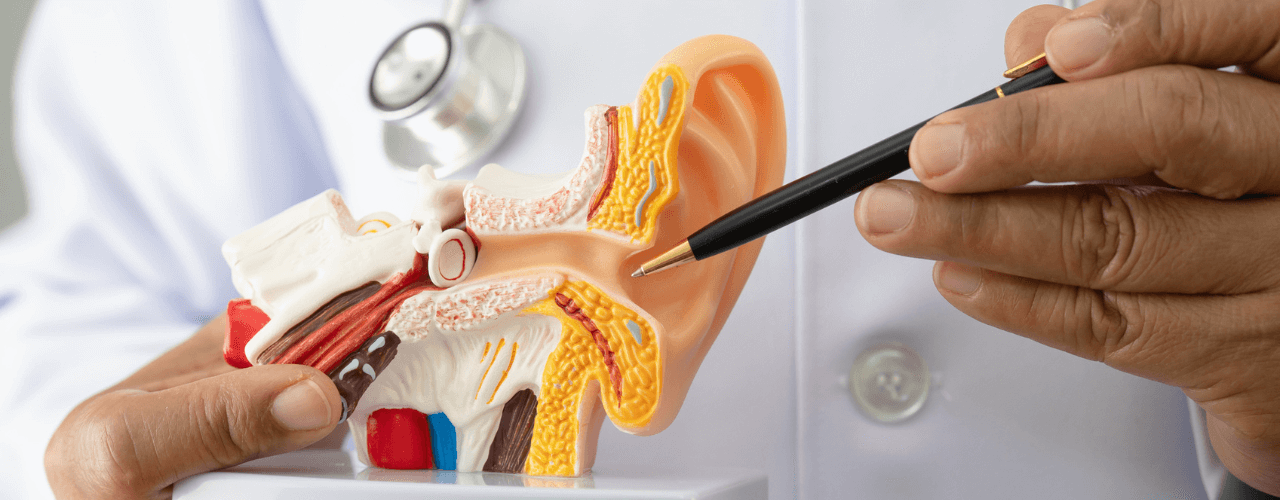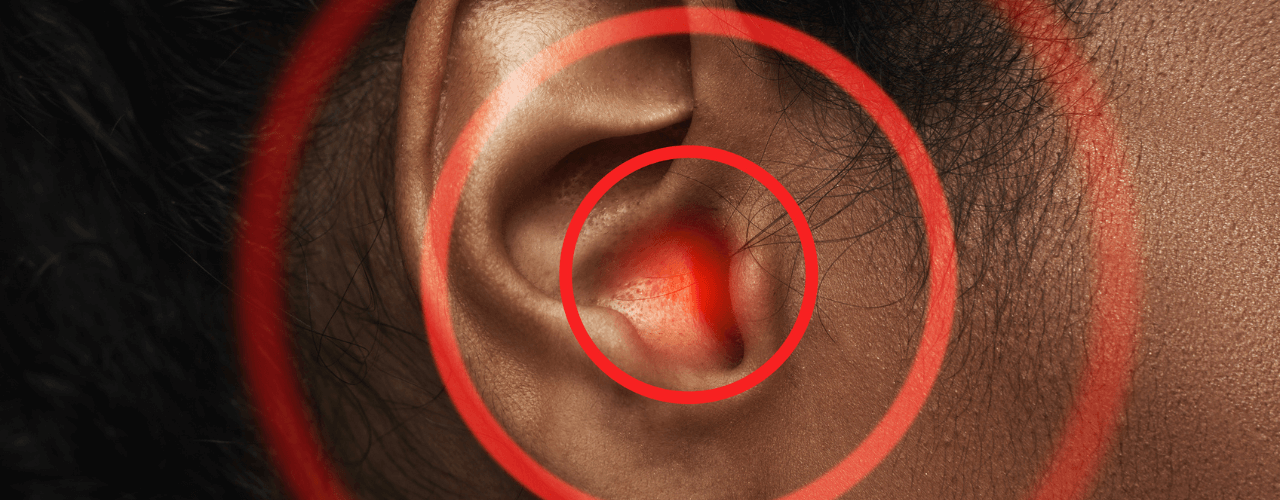Why do I have an Earache?
Earaches are a common discomfort that can arise for various reasons, ranging from acute infections to chronic conditions. Understanding the specific causes of earaches is crucial for effective management and prevention. In this blog, we'll explore the various factors contributing to ear pain, symptoms to watch out for, and potential earache treatment options to alleviate discomfort and promote ear health.
The Anatomy of the Ear
Before delving into the causes of earaches, it's essential to have a basic understanding of the ear's anatomy. Comprising the outer ear, middle ear, and inner ear, each component plays a vital role in our ability to hear and maintain balance. Any fluid trapped in the middle ear could be a result of ear infections.
Symptoms of Earaches
- Pain: Earaches often manifest as sharp, throbbing, or dull pain in one or both ears.
- Hearing Problems: Reduced hearing or a sensation of fullness in the affected ear may accompany earaches.
- Discharge: Ear infections can sometimes lead to discharge or fluid leakage from the ear.
- Fever: Ear infections accompanied by fever may indicate a more severe infection requiring medical attention.
Common Causes of Earaches
- Ear Infections: Ear infections, including acute otitis media (AOM), otitis media with effusion (OME), and chronic otitis media with effusion (COME), are frequent culprits of earaches. These infections can result from viral or bacterial invaders, leading to pain, fluid buildup, and potential hearing loss.
- Blocked Eustachian Tube: Blockage of the Eustachian tube, often due to allergies, colds, or sinus infections, can contribute to discomfort and earaches by disrupting pressure regulation within the ear.
- Earwax Buildup: Excessive earwax buildup, whether due to improper cleaning techniques or naturally narrow ear canals, can lead to irritation and earaches.
- Foreign Objects: Inserting foreign objects into the ear canal can cause injury, irritation, or infection, resulting in ear pain and discomfort.
- Trauma or Injury: Physical trauma to the ear, such as a blow or insertion of objects, can damage delicate structures within the ear, leading to pain and potential complications.
Types of Ear Infections
Ear infections can manifest in different forms, each with its distinct characteristics:
- Acute Otitis Media (AOM): This type of ear infection occurs when fluid builds up behind the eardrum, leading to a painful earache.
- Otitis Media with Effusion (OME): Commonly seen in children, OME occurs when fluid remains trapped in the middle ear after an initial infection has resolved, often without noticeable symptoms.
- Chronic Otitis Media with Effusion (COME): Characterised by persistent fluid accumulation in the ear over an extended period, this condition can lead to difficulty in fighting off new infections and may result in hearing impairment.
- Chronic Suppurative Otitis Media (CSOM): People with CSOM experience recurrent and persistent ear discharge, typically as a complication of untreated AOM with perforation of the eardrum.
Earache Treatment
Effective management of earaches typically involves addressing the underlying cause and alleviating associated symptoms. Treatment options may vary depending on the severity and nature of the earache.
- Medication: In cases where ear infections are caused by bacteria, antibiotics may be prescribed to combat the infection and reduce inflammation. Pain relievers such as acetaminophen or ibuprofen can help alleviate discomfort and reduce fever associated with earaches. Additionally, ear drops containing a combination of antibiotics, steroids, or antifungals may be recommended for certain types of infections or excessive earwax buildup.
- Warm Compress: Applying a warm compress or heating pad to the affected ear can help soothe pain and promote drainage of fluid buildup. The warmth helps to relax the muscles surrounding the ear and alleviate tension.
- Ear Irrigation: In cases of severe earwax buildup or blockage, healthcare professionals may perform ear irrigation to safely remove the obstruction and alleviate symptoms. This procedure involves flushing the ear canal with warm water or a saline solution to soften and dislodge the earwax, allowing it to be gently flushed out.
- Dry Mopping: Also known as an aural toilet, dry mopping involves the careful cleaning of the ear canal to remove excess wax and discharge. This procedure helps to maintain ear hygiene and prevent further complications, particularly in cases of chronic ear infections such as chronic suppurative otitis media (CSOM).
- Surgical Interventions: In some cases, surgical intervention may be necessary to address underlying issues contributing to earaches. Procedures such as tympanocentesis (ear tap) may be performed to drain fluid from behind the eardrum and identify the cause of recurrent infections. Additionally, the insertion of pressure equalisation (PE) tubes into the eardrum may be recommended to facilitate drainage and relieve pressure in cases of chronic otitis media.
Preventing Earaches
In addition to seeking prompt treatment for earaches, adopting preventive measures can help reduce the risk of recurrence.
- Maintain Good Ear Hygiene: Avoid inserting objects such as cotton swabs or Q-tips into the ear canal, as this can push wax deeper and increase the risk of injury or infection. Instead, gently clean the outer ear with a soft cloth or tissue to remove excess wax and debris.
- Protect Your Ears: Use earplugs or earmuffs in noisy environments to prevent damage to the delicate structures of the ear and reduce the risk of hearing loss. When swimming or bathing, use waterproof earplugs to prevent water from entering the ear canal and causing irritation or infection.
- Address Underlying Conditions: Manage underlying conditions such as allergies, colds, or sinus infections promptly to prevent congestion and Eustachian tube dysfunction, which can contribute to earaches.
By taking proactive steps to care for your ears and seeking timely treatment for earaches, you can alleviate discomfort and promote ear health for long-term well-being. If you are experiencing persistent or severe ear pain, don't hesitate to consult a healthcare professional for personalised advice and treatment. Earaches can be distressing, but understanding their causes and treatment options can help prevent recurrence.
Remember, proactive ear care is essential for maintaining optimal hearing health and overall well-being. Contact us today for a consultation with an ENT specialist to manage any concerns and prioritise your ear health.
To schedule a consultation with our experienced ENT specialists and take the first step toward better ear, nose, and throat health, contact us today.












